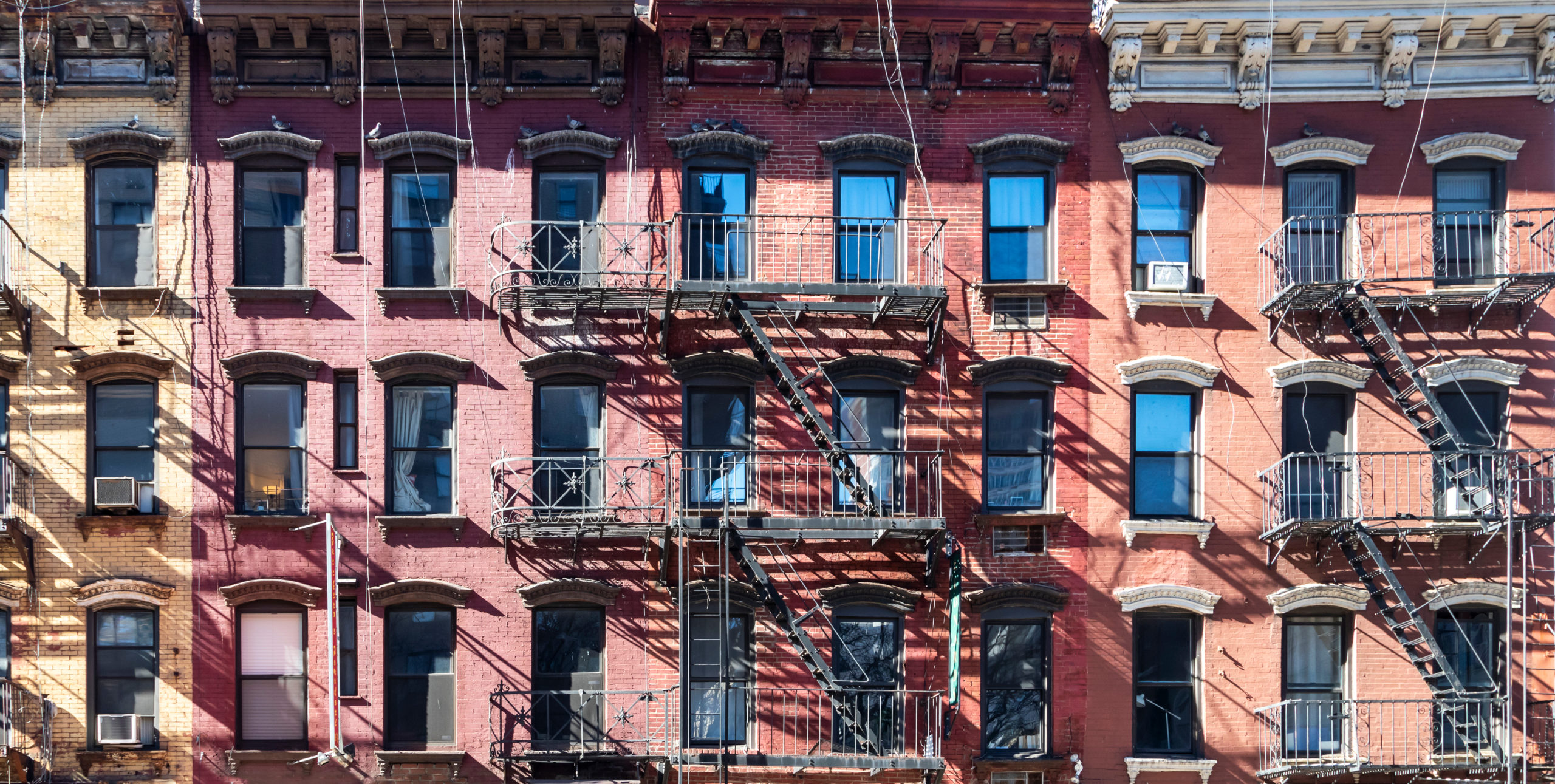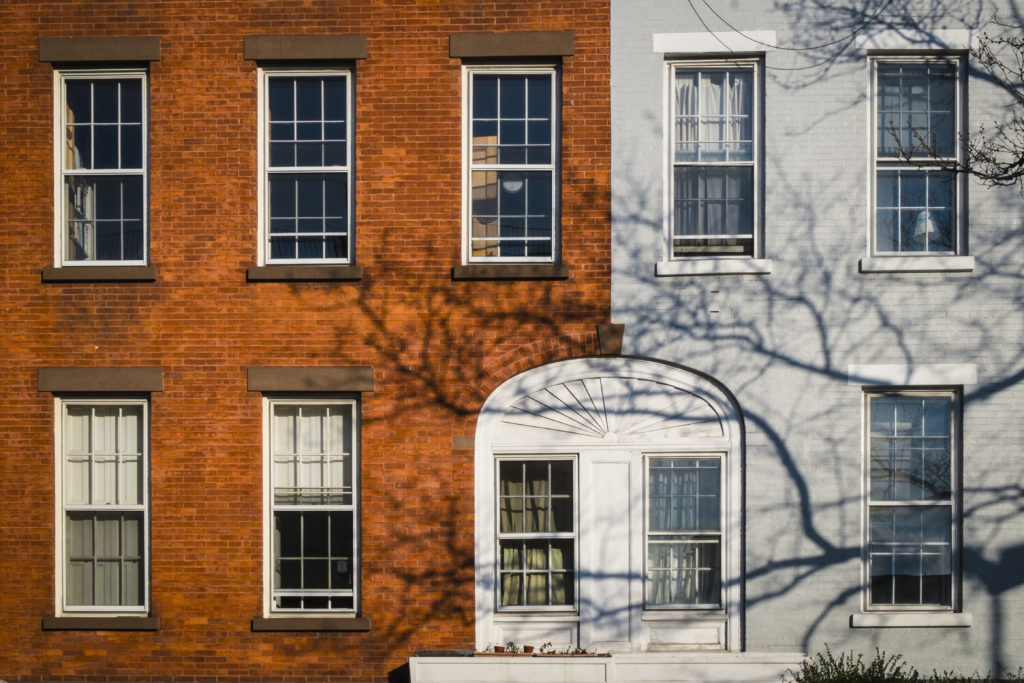We recently discussed the best ways to find a rent stabilized apartment. We’d like to help you further by defining what is a rent-controlled apartment in NYC. As we all know, finding a rent-controlled apartment is the New York equivalent to finding a Golden Ticket in Charlie and the Chocolate Factory (as an aside, how did his grandpa who had been bed-ridden for 20 years suddenly have the strength to tour a factory? SHADY). Trying to find an apartment that’s within your budget and isn’t overrun by bugs and allows you to stick to a Ramen quota each week can seem daunting – but we’re here to help take off some of the sting of hunting for rent-controlled apartments.
Firstly, rent-controlled apartments differ from rent stabilized apartments. Rent-controlled apartments happen when a renter has lived continuously in their apartment since July 1, 1971, and the building the apartment is in was built before 1947. Since rent hikes are minimal and are capped, you’re essentially paying for a New York apartment in 1970s prices, which is wild, when you consider that your neighborhood has gone up in value exponentially.
Rent-controlled apartments are subject to a maximum base rent, and the amount the landlord chooses to collect can hit that maximum point eventually, with the maximum base rent increased every two years.
The RGB explains this more thoroughly as:
“A maximum base rent is established for each apartment and adjusted every two years to reflect changes in operating costs. Owners, who certify that they are providing essential services and have removed violations, are entitled to raise rents the lesser of either the average of the five most recent Rent Guidelines Board annual rent increases for one-year renewal leases or 7.5 percent each year until they reach the MBR. Tenants may challenge the proposed increase on the grounds that the building has violations or that the owner’s expenses do not warrant an increase.”
However, this changes when a rent-controlled apartment becomes vacant – it goes on to become rent-stabilized and may be removed from rent control regulation altogether if the building the apartment is in has less than six units. So over time, the number of rent-controlled units go down, as it’s in the landlord’s best interest to turn over rent-controlled units into regular units so that they can charge market rates for the apartment.
So the pressing query: How do you obtain a rent-controlled apartment? Well, these apartments are much harder to find than rent-stabilized apartments, which are usually closer to standard market rates for New York apartments. You’re going to have to ask around and see if any of your family members live in rent-controlled apartments, which are usually found in great neighborhoods such as Chelsea, Upper East Side, Upper West Side, etc.
Most people usually move into rent-controlled apartments they inherit from their family members who have been living in the same apartment from bygone eras. They also pass it to their kids and their children’s children when they can so that they won’t have to give up the apartment, move out and pay market rent.
For more information regarding New York City’s rent control laws for these kinds of apartments, you can visit this link. It should also be able to guide you on maximum base rent, and other questions you might have about your rent-controlled apartment.
We hope this helps you understand what is a rent-controlled apartment in NYC. Do you have a neat story about finding a rent-controlled apartment in the city? Let us know!
–
Read about: “Best Ways to Find a Rent-Stabilized Apartment in NYC“.


